Best mountain bike backpacks: Carry everything you need for long days on the trails
The best mountain bike backpacks have storage for spare clothes, food, hydration and storing body armor between descents
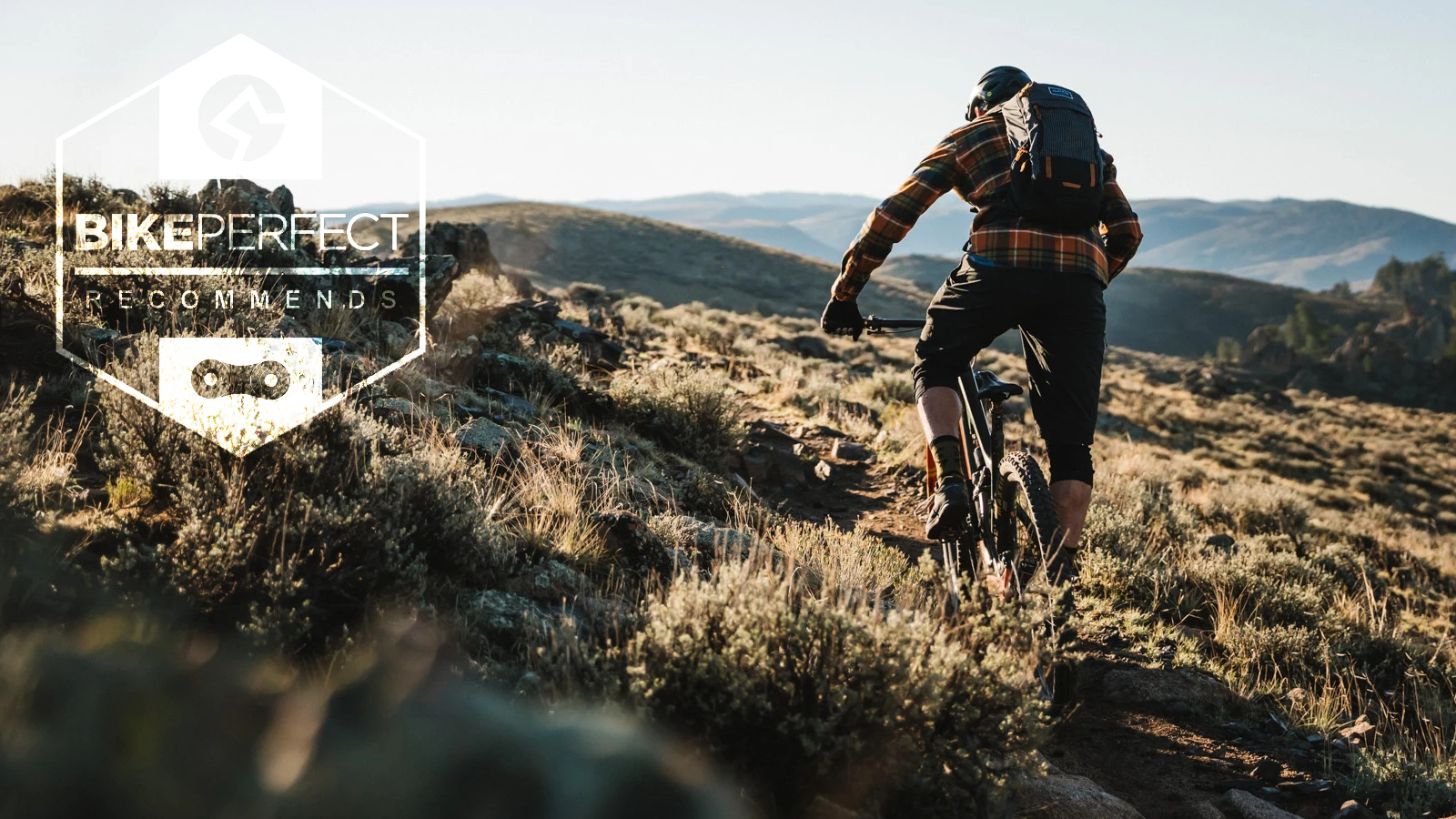
With the advent of Enduro racing and some genuinely clever ways to carry spares and tools, riding with the best mountain bike backpacks has gone out of style. However, sometimes no amount of velcro straps or tools stashed inside steerer tubes can tote what you may need on a ride, and sometimes you need to carry a lot of stuff.
The best mountain bike backpacks allow riders to carry a large amount of water, usually 3 liters, and some allow even more water storage. On top of that, the best mountain bike backpacks have plenty of storage space that's sectioned into various pockets and straps for optimal organization.
Lots of packs have spots for bike tools, helmets, body armor, smartphones and sunglasses. Some are even designed with trail builders in mind so they can carry their tools out into the woods.
We've put together a list of our favorite mountain bike backpacks for the trail builders and the pack-rat types. If you're in the market for something smaller, check out our round-up of the best hydration packs.
If you're unsure what you're looking for exactly, at the bottom of this guide, we've outlined everything you need to know.
Best mountain bike backpacks
Why trust BikePerfect
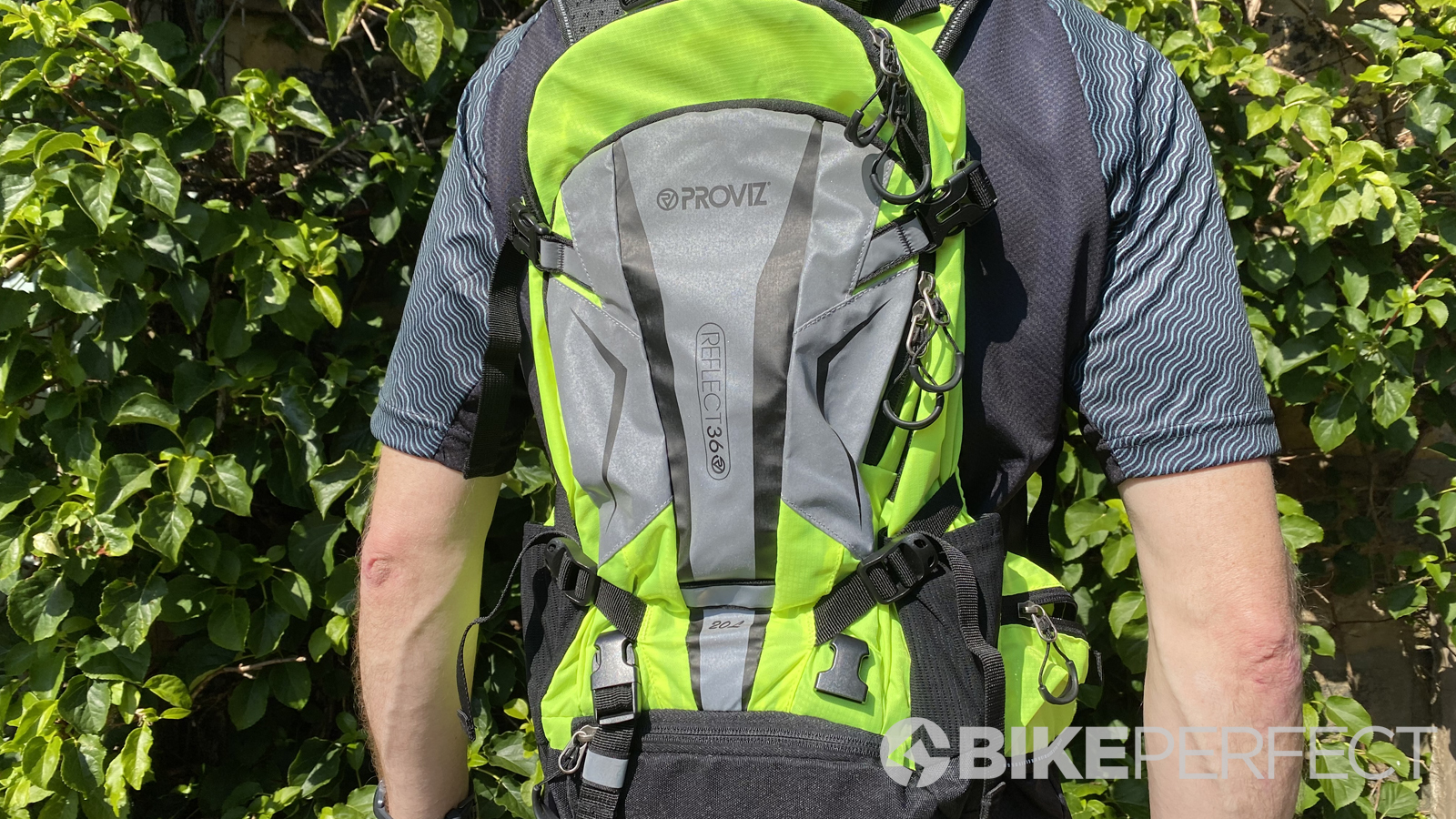
Specifications
Reasons to buy
Reasons to avoid
The first thing you'll notice about the Proviz REFLECT360 Touring Backpack is its reflective paneling. Proviz is known for high-visibility gear and the bright material is attached to the whole upper body of the pack plus the edges of the shoulder straps, hip belt and spare strap loop tabs.
The main compartment has a bladder divide with a Velcro hang tab, hose port, and sliding capture clips on both the left and right straps. The sleeve will also fit a smaller laptop if you are commuting into the office on singletrack.
The outer compartment has three simple apron pockets for tools, spares, and snacks, and the pack is big enough for a medium-size pump. For more details about the useful features of this backpack, check out our full review of the PROVIZ REFLECT360 Touring Backpack.

Specifications
Reasons to buy
Reasons to avoid
Mystery Ranch makes quality packs for firefighters and military use, and that expertise has carried over well into the Gallagator mountain bike backpack. At a nearly 20L capacity, you can carry tons of items, but don't expect them to be overly organized. What the pack lacks in internal organization, ease of access makes up for it. The low weight construction as well as durability make for a pack that's dialed on the pack and off.
Read our review of the Mystery Ranch Gallagator.
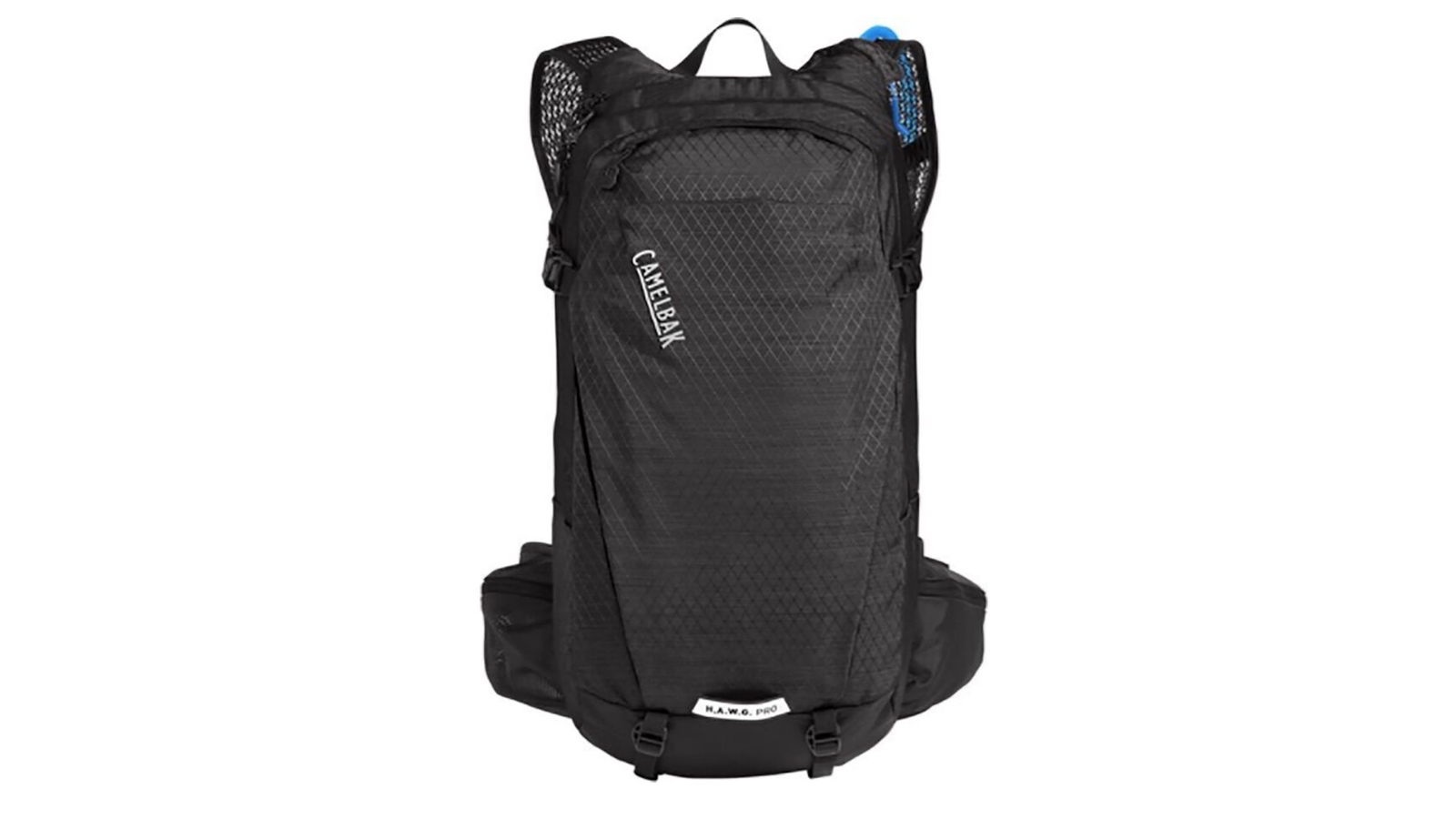
Camelbak H.A.W.G. Pro 20
Specifications
Reasons to buy
Reasons to avoid
The H.A.W.G. Pro is a big pack with 20L of total space: 17L for your gear and 3L for water. This is Camelbak's biggest pack for the biggest days out on the bike.
This pack has tons of organizational features and pockets for nearly anything you may need on the trail. An Air Support Pro Back Panel is designed to ventilate the areas on your body that get the hottest in order to stay cool. The harness and hip belt feature cargo pockets for quick access to snacks or tools.
In addition to storage space for a helmet or body armor, this pack even has space to carry a spare e-MTB battery for all-day electric adventures. Plus, there's space for an additional 3L reservoir, bumping up the total water space to 6L if needed.

Dakine Syncline 16L
Specifications
Reasons to buy
Reasons to avoid
Add a bit of color to your ride with the Dakine Syncline 16L pack. The pack has a separate pocket for a 3L lumbar reservoir that keeps the load low in the bag, creating a stable and secure feeling on your back.
The main pocket is big enough for extra layers or a first aid kit while the pocket in the front with the partially hidden zipper has internal sleeves and mesh pockets to keep tools and other small items organized.
The back panel is articulated and compatible with Dakine's CE-certified spine protector, and the bag also features helmet attachment loops, deployable carry straps for knee pads, a magnetic hose clip, a pocket for glasses, and an integrated rescue whistle.

Evoc Trail Builder
Specifications
Reasons to buy
Reasons to avoid
Somebody has to look after the trails, and if you are one of the many trail fairies who are out digging, you will need a hearty bag to carry your pickaxe, chainsaw, and shovel along with the rest of your riding gear. Evoc's Trail Builder Technical pack has room for a 3L bladder and two main pockets for food, bike tools, and even a separate compartment on the bottom for wet layers.
On the bottom of the pack is a removable tool roll and there is a hidden rain cover too.
The bag is designed to help distribute loads evenly to not throw off your center of gravity while riding, with wide hip and sternum straps wrangling the bag. There are also compression straps and a front flap allowing things to be secured to the exterior of the bag or tie everything down tight.

Osprey Raptor 14L
Specifications
Reasons to buy
Reasons to avoid
Osprey makes a huge range of products from 120L expedition packs, all the way down to 6L hip bags. The Raptor 14 is a decent-sized riding pack that features two internal pockets as well as a stretch mesh sleeve on the outside - perfect for wet or sweaty layers.
The Raptor's main feature is a winged harness system that's designed to keep the pack closer to your body when riding. The brand didn't like the bulky, unstable feeling associate with carrying previous generation backpacks over gnarly terrain, so they created a new system to prioritize stability.
Inside there is room for Osprey's 2.5L Hydraulics reservoir which is said to reduce sloshing as you ride. The pack also features the brand's hip belt for all-day comfort.
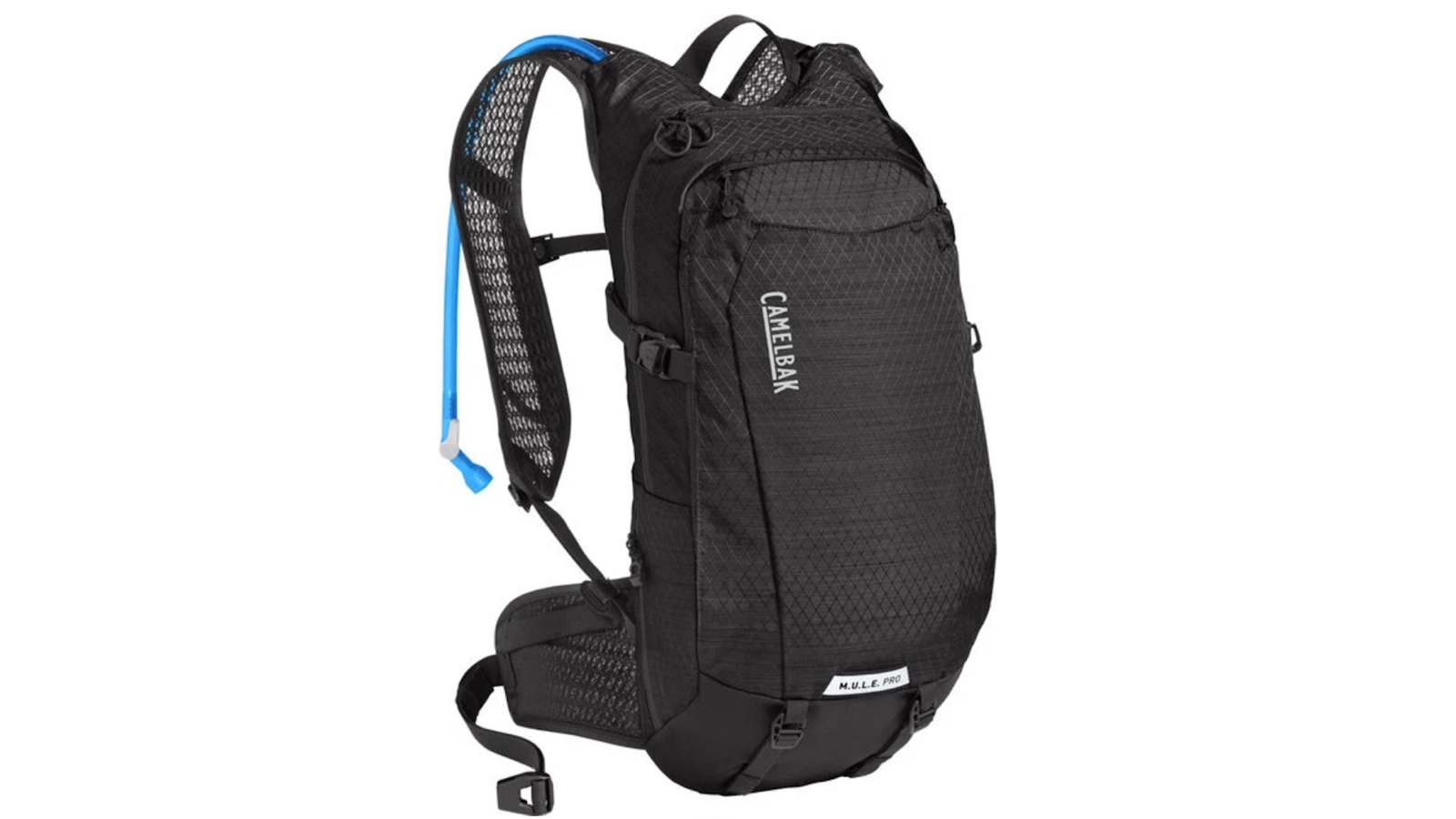
Camelbak M.U.L.E. Pro 14
Specifications
Reasons to buy
Reasons to avoid
In essence, this is a smaller version of the H.A.W.G listed above that's more suitable for your average after-work ride rather than all-day epics. You can still carry lots of water and supplies, but the M.U.L.E has a more lightweight and low profile.
The latest M.U.L.E. features Camelbak's Air Support Pro Back Panel, which adds great ventilation so your back doesn't get hot and sweaty. In addition to a 3L reservoir, there is 11L of storage space with plenty of pockets and features. There are straps to attach a helmet and body armor for when you are pedaling up to a big descent. There is also a tool strap and spot to secure a tube in case of mechanical emergencies.

Osprey Syncro 20L
Specifications
Reasons to buy
Reasons to avoid
If you like the look and features of the Raptor but it's not big enough for all the gear you'll be taking out onto the trail, the larger Syncro might just be the ticket. It shares the same BioStrech shoulder straps and 2.5L Hydraulics reservoir and has a similar pocket layout including the small zippered tool compartments on the inside to keep things organized.
With more capacity, the Syncro sees Osprey's Airspeed suspension system that elevates the pack off your back for improved air circulation. There's also the Lidlock helmet attachment and convenient snack pockets on the hip belt for easy access to your food.

Vaude Bike Alpin 25+5
Specifications
Reasons to buy
Reasons to avoid
Made using environmentally friendly materials, the Bike Alpin offers a large pack that expands 5L with the pull of a zipper so there's tons of space for anything you need to carry.
This pack uses the Aeroflex Suspension System as well as a ventilated back piece to keep riders comfortable and cool. Its straps are also adjustable so it can fit well on any size body.
There is room for a 3L bladder inside; the front pocket has slots to keep your tools organized, and there are nifty helmet carry straps and an integrated rain cover too.
This back is meant for big backcountry adventures or multi-day trips, so if you mostly do rides close to home that aren't super long, there are better options on this list.
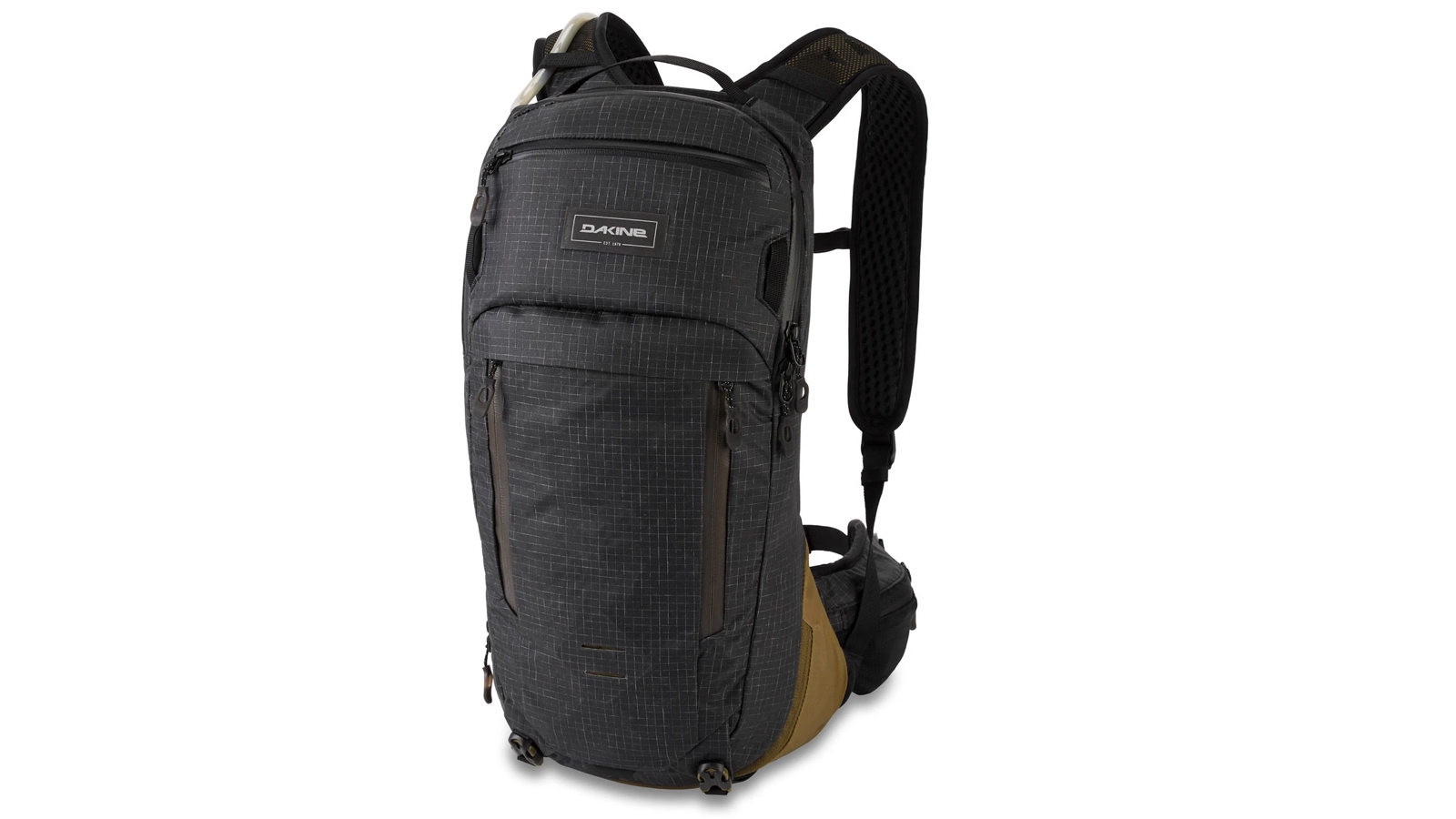
Dakine Seeker
Specifications
Reasons to buy
Reasons to avoid
The Seeker offers similar features to other Dakine packs but with one added benefit: it's waterproof. If you're going on wintertime rides or adventuring with the risk of summer thunderstorms, this pack and its ability to protect your gear from the elements is ideal.
In addition to the 100% 450D ripstop Recycled Polyester waterproof material, the pack uses a breathable back panel and shoulder straps. There are also plenty of pockets, helmet storage, and a reservoir with a bite valve. This pack is compatible with Dakine's DK Impact Spine protector, however, it is sold separately.
If the 10L version of the Seeker is too small, there is also an 18L version of this waterproof pack too.
how to choose the best mountain bike backpacks
How much water should you carry when cycling?
Most full-size mountain bike backpacks can take a 3L bladder, however, even the larger packs from Osprey can only accept a 2.5L reservoir. Consider how long you're likely to be out, the weather and the potential refill spots to determine how much fluid you actually need. With the addition of bottles, do you need 5+ liters for a two-hour ride? Probably not.
What features should I look for on the best mountain bike backpacks?
If you're looking at larger packs, you are probably planning to ride with a bit of weight, so the fit is critical. As a bare minimum, a backpack should have a sternum strap and a hip belt. Extra points if there is an internal frame or spine protector built-in. The majority of packs in the range will only be available in one size, however, some come in multiple torso sizes or have a sliding harness system to dial in the fit.
Another feature to consider is breathability or ventilation. Wearing a pack is going to prevent you from radiating as much heat away from your body as you ride. Look for a pack that has a suspended mesh back panel, or at the very least channels for airflow and an air-permeable material.
How do you pack a backpack for mountain biking?
There is nothing worse than having to dump the contents of your bag out trailside because you're looking for your tubeless repair kit or CO2 inflator head. Many mountain bike backpacks will have zippered organizational pockets or dedicated sleeves for specific tools, while others may even have removable tool rolls. That said, dividers do come with a small cost on capacity.
When packing your backpack for a ride consider the compartments you have available and key pieces of kit that you may need to have close to hand on the trail. Having tools and snacks easy to grab will help streamline your ride whereas other items like spares and emergency layers can be stashed deeper in the bag for when they are needed.
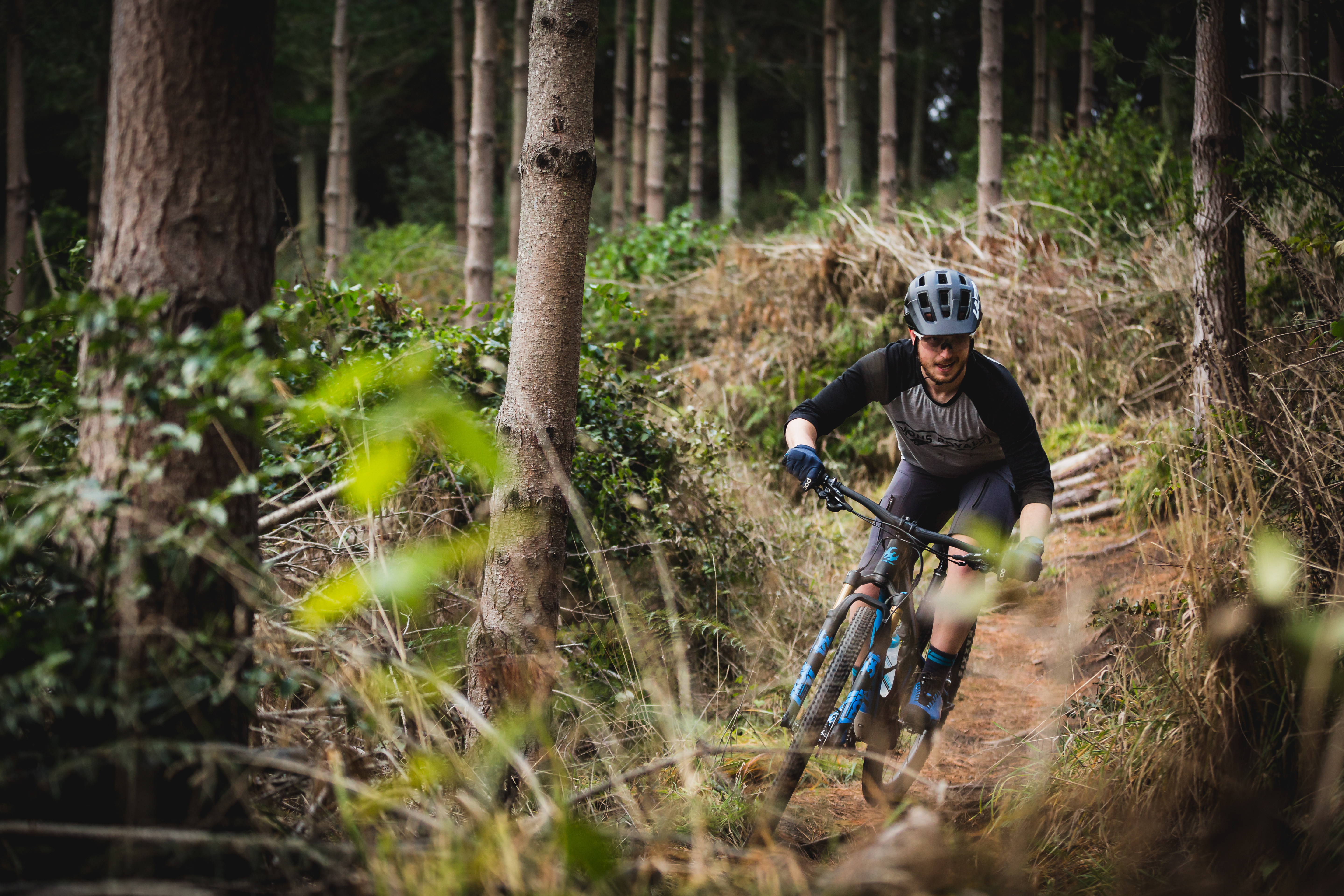
Born and bred in Colorado, and now based in Australia, Colin comes from a ski racing background and started riding as a way to stay fit through the summer months. His father, a former European pro, convinced him to join the Colorado State University collegiate cycling team, and he hasn't stopped since. It's not often he pins on a number nowadays, and you'll likely find him in search of flowy singletrack, gravel roads and hairpin corners. Colin has worked at Bikeradar and is a regular contributor to Australian Mountain Bike and Cyclist magazines.
Rides: BMC Team Machine SLR01, Trek Top Fuel 9, Ibis Ripley
